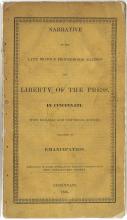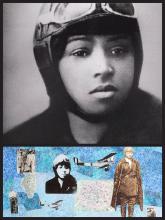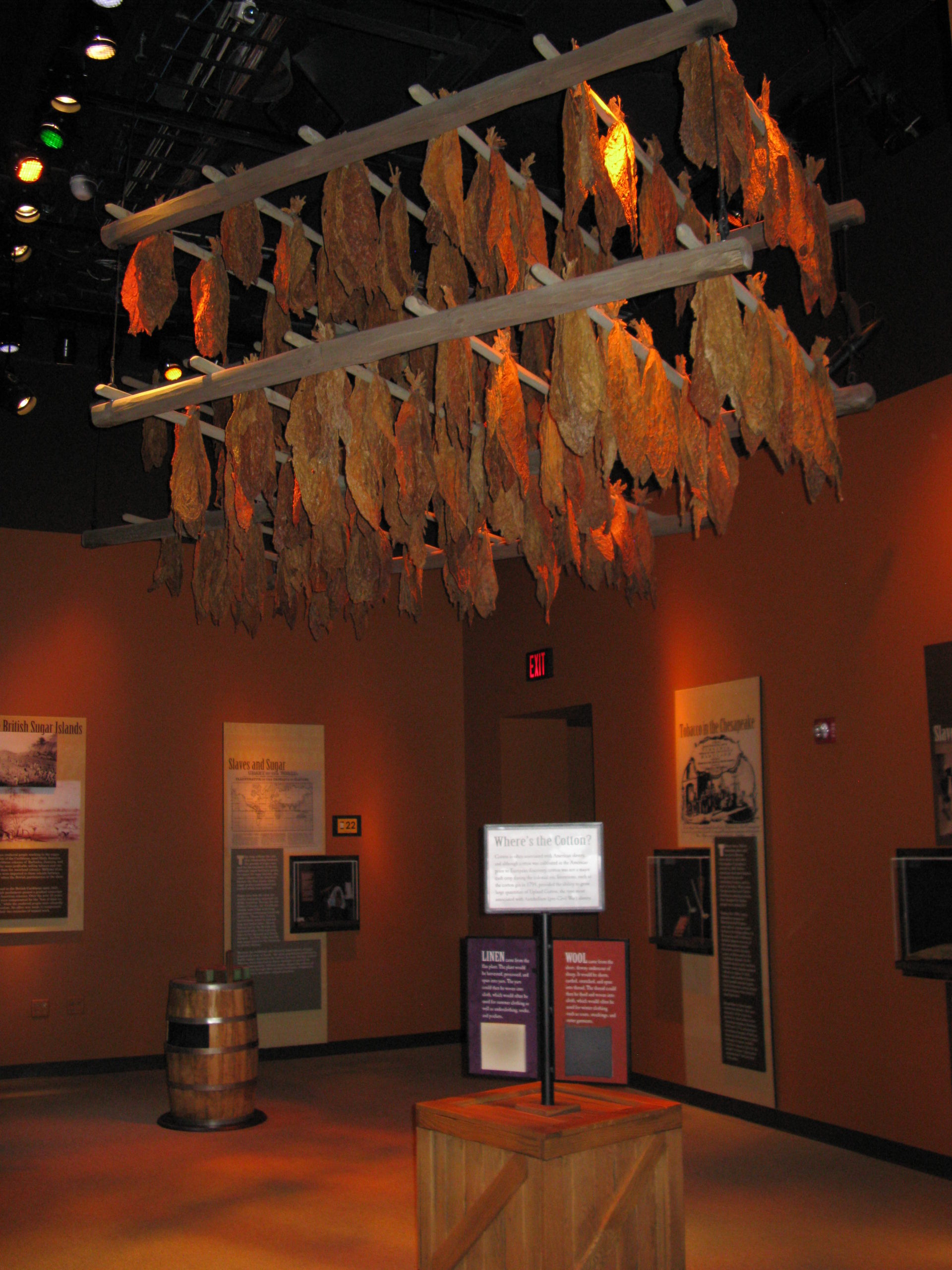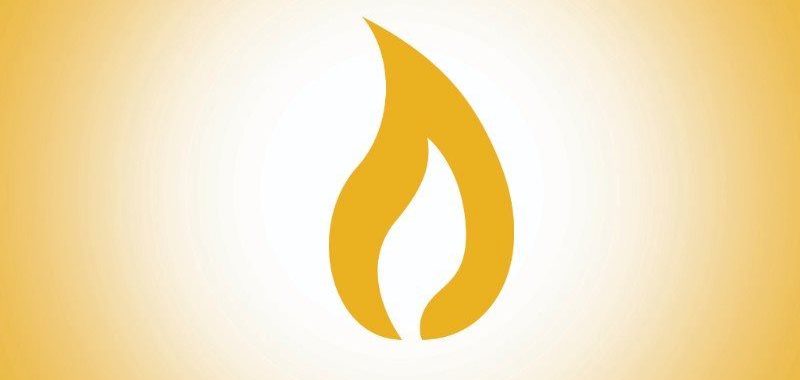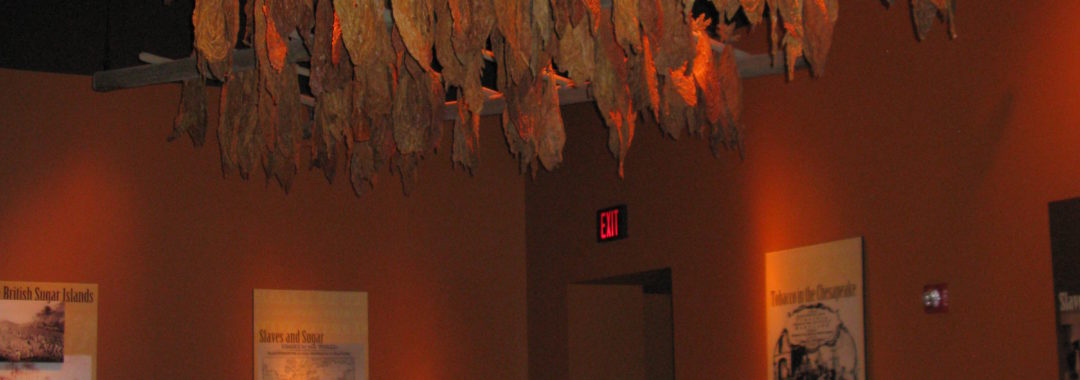Remembering President Kennedy
1963 was a momentous year in America. A collision of several forces focusing on race and power in America was underway.
A bomb exploded on September 15 at the Sixteenth Baptist Church in Birmingham, Alabama killing 4 girls who were primping in the church basement in anticipation of the roles they had developed for the main church service of that morning. The response worldwide to the killing of the angels of Sixteenth Street Baptist church was one of outrage. President John F. Kennedy and his brother Robert Kennedy who served as the United States Attorney General were being drawn into the accelerating drama of race, class and violence in America. The Kennedys, Harvard men, sons of Joseph Kennedy, Sr. who had made his wealth in the rough and tumble world of bootlegging in the 1920’s, had been raised in a compound in Hyannis Port, Massachusetts, found themselves walking a tightrope from crisis to crisis during that year.
November brought lower temperatures across America, and while the issues that had taken center stage in America had not been resolved, President Kennedy welcomed the opportunity to fly to Texas and spread his charismatic charm. November 22, 1963, Air Force One landed at Fort Worth, and when the plane rolled to a stop and the door opened, President Kennedy and his wife Jacqueline descended the steps of the plane to cheers, waving arms and smiling faces. The president was in his element. Texas Governor John Connally had a gnawing in the pit of his stomach weeks before the arrival of the Kennedys, and he had visited the White House in an effort to convince the President’s advisors to postpone his Texas trip if not outright cancel it. The momentum of planning and the possibility of Kennedy being able to get out of Washington and do something other than put out and/or dampen racial tensions and violence was such that there would be no stopping, and Gov. Connally, a Democrat, became an active part of the Kennedy entourage that flew to Texas.
John F. Kennedy, at 43, was the 35th President of the United States, and was the youngest president America had chosen since its beginning. Kennedy succeeded President Dwight Eisenhower and he became involved in Cold War issues. He was at his best when he delivered a speech in the divided city of East and West Berlin during which he called West Berlin “the showplace of the free world surrounded by Communism.” He described himself as a “Berliner” stating that “all free men wherever they may live are citizens of Berlin.” At home in the United States the summer of 1963 moved with such overwhelming intensity that it appeared that the President had difficulty seeing freedom in the divided cities of Birmingham, Jackson, Mississippi and Chicago in the same light, but for the moment in Fort Worth, the sea of smiling faces and the eager hands of Texans, young and old, gave him hugs and cheers. Those faces and smiles energized Kennedy to the point that the Secret Service spent the day chasing him as he would leave his car unannounced and plunge into the ocean of love. Kennedy was in stride. The next stop would be Love Field in Dallas where again President Kennedy was greeted by a multitude of adoring people. The Secret Service was able to contain the President in a more effective style this time since the President was aware that he had an audience of 2500 people who would be awaiting him at the Dallas, Texas Trade Mart for a luncheon speech. At Dallas the customized Lincoln that had been prepared for the President by the Hess & Eisenhardt Company of Cincinnati awaited and its Plexiglas bubble top had been removed since the weather was sunny and the President wanted to see and be seen by the people of Dallas. Kennedy had to come to Texas. Kennedy had to visit the South. For while he was uncomfortable at times with America’s most overriding domestic issue, race, he had developed an outline for civil rights legislation that he wanted passed by the United States Congress. With the drama and almost war-like response to the civil rights demonstrations in Southern cities and in some Northern cities, it was important that for the first attempt to pass civil rights legislation since passage of the Civil Rights Act of 1875 that President Kennedy visit a Southern city and openly talk about civil rights being an essential element of America’s worldwide image.
John Fitzgerald Kennedy travelled to the Berlin Wall touting the virtue of American democracy and chose to publicly confront the unspoken ugly of legally sanctioned racism in America. Kennedy and his administration became entangled with Alabama Gov. George Wallace over Wallace threatening to “stand in the schoolhouse door” to prevent the admission of 2 Black students to the University of Alabama. In June 1963, the President would send a message to Congress asking that Congress “help end rancor, violence, disunity and national shame” by passing a civil rights bill. He was on his way to court and respectfully confront the White leadership of Dallas, Texas, a Southern town, accompanied by Gov. John Connally and his wife Nellie, and also in the company of his Vice-President Lyndon B. Johnson, the most powerful member of the United States Senate of that era. The Lincoln would leave Love Field headed for downtown Dallas following a route that with few exceptions was lined with waving and cheering people. In the Elm Street and Houston Street corridor near the Elm Street underpass individuals who awaiting the president recalled hearing a sharp sound that caused many of them to fall to the ground attempting to be safe. They would rise to find that the 35th President of the United States, John Fitzgerald Kennedy, was gone.
In an AP article dated Saturday, November 23, 1963, U.S. Supreme Court Chief Justice Earl Warren was quoted as saying President Kennedy was assassinated “as a result of the hatred and bitterness that has been injected into the life of our nation by bigots.” The Dallas Morning News, established in 1842, in its Saturday, November 23rd, 1963 lead editorial began with the following—“The assassination is a cruel and shameful mark in this city’s history and a tragedy for the country which has been under his guidance.” In a summation of the legacy of Kennedy’s presidency of the United States in articles on pages 4 and 5 The Dallas Morning News focused on Kennedy’s policies and behavior that the newspaper felt would transfer power from the states to the federal government in 2 distinct areas—race and the power of American businesses’ compensation to their employees (minimum wages, prices of steel). The newspaper concluded its thoughts in the lead editorial, “Those who have been concerned with the expansion of governmental control and power nevertheless admired the sincerity and conviction of his philosophy, the gentlemanly restraint he showed in the face of criticism and the good taste he always exhibited in public appearance.” Lyndon Baines Johnson would be sworn in as President of the United States in the presidential plane at Dallas, Texas’ Love Field with Mrs. Jacqueline Kennedy standing at his side. Johnson, a man who had served several terms as a United States Senator, emerged from Air Force One a few hours later as President of the United States. Johnson took off the gloves when necessary and at the same time would use his charm and Texas drawl, and yet people understood that he would not accept “no” as an answer on the passage of civil rights legislation. President Johnson also understood and openly expressed to anyone who would listen that passage of civil rights legislation would end the power of the Democratic Party in the American South, yet he didn’t turn back. He would become the anchor man that would receive the baton of the Kennedy legacy and civil rights legislation would be enacted by the United States Congress in 1964. -Carl Westmoreland, Historian
Source: The Dallas Morning News November 23, 1963
